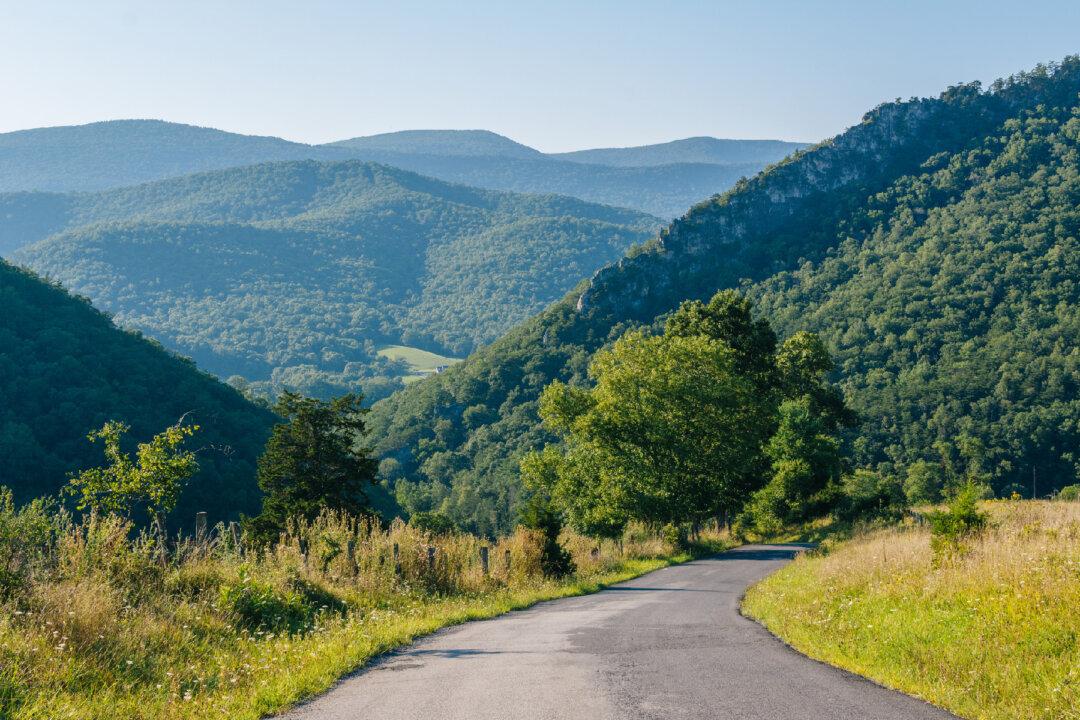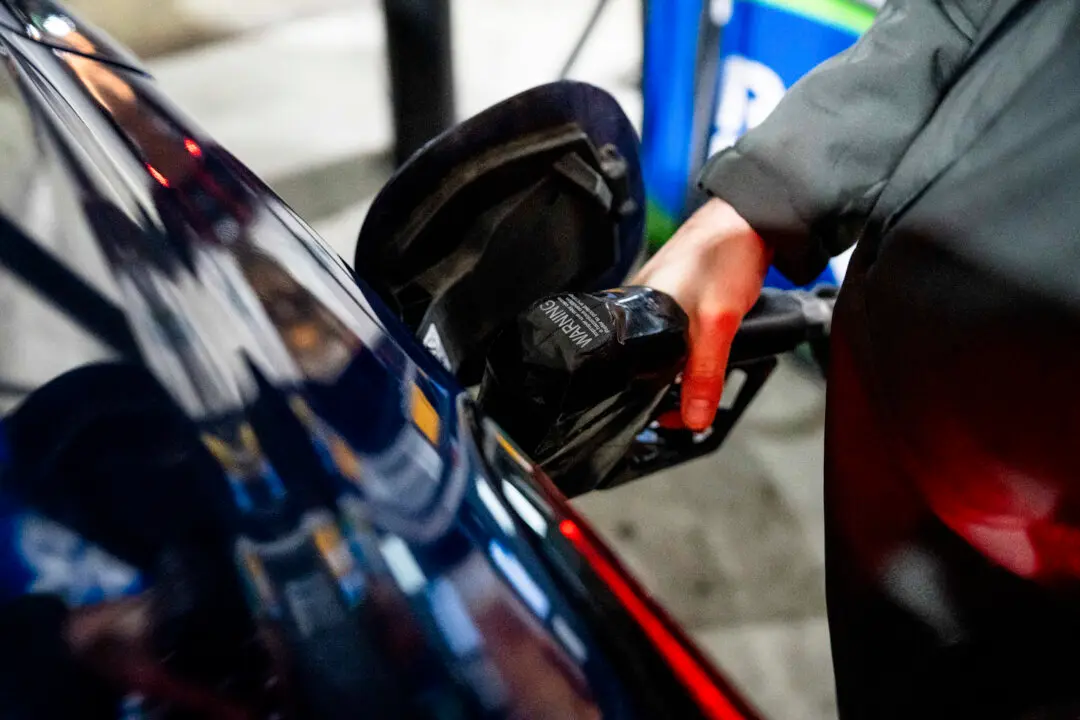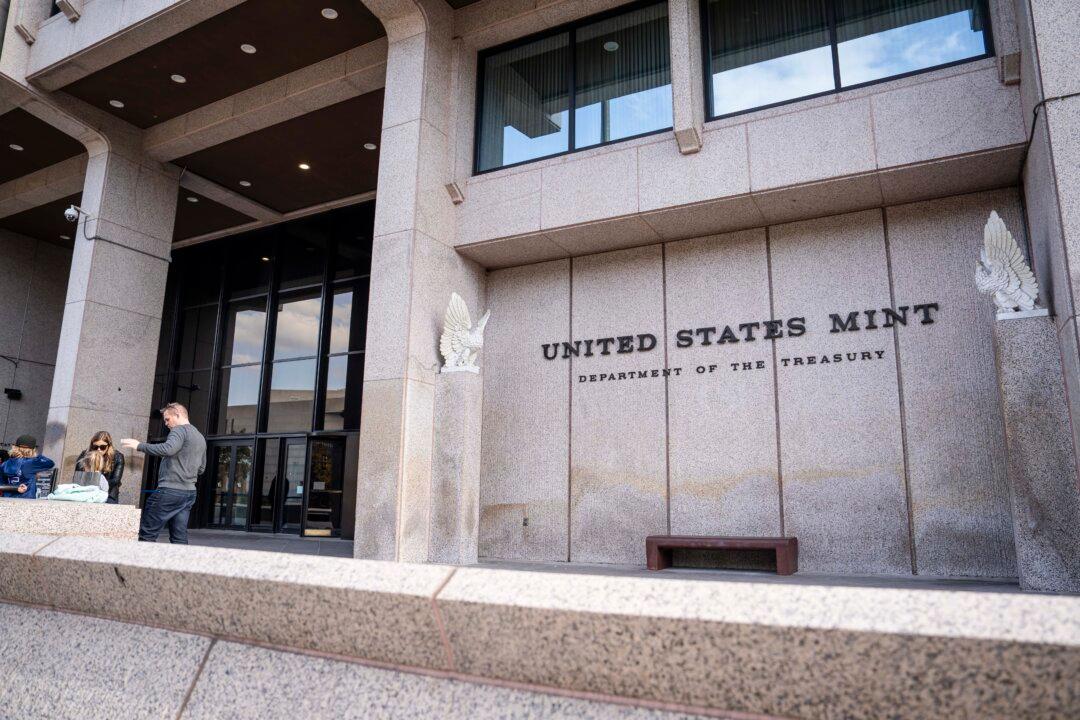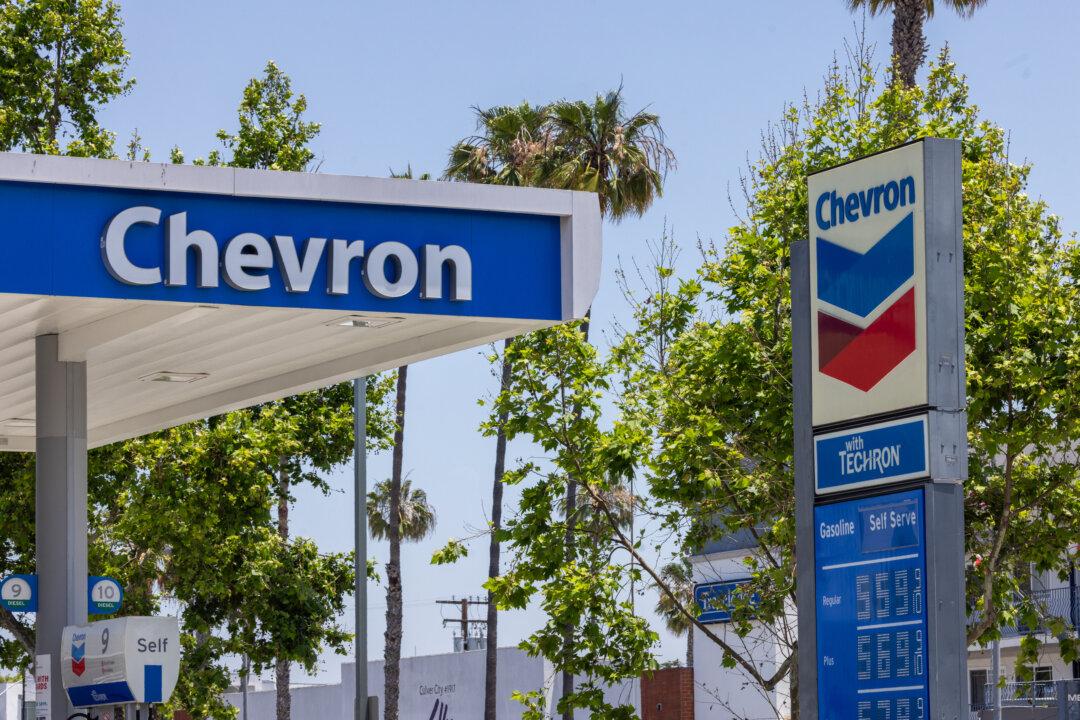The economic divide between rural and urban America was on full display on Feb. 6 during a House Ways and Means Committee field hearing in Petersburg, West Virginia.
The first full hearing of the Ways and Means Committee was hosted in the Mountain State instead of Washington, to prioritize the “voices” of residents and business owners outside of the “Washington political class,” according to Committee Chair Rep. Jason Smith (R-Mo.).





